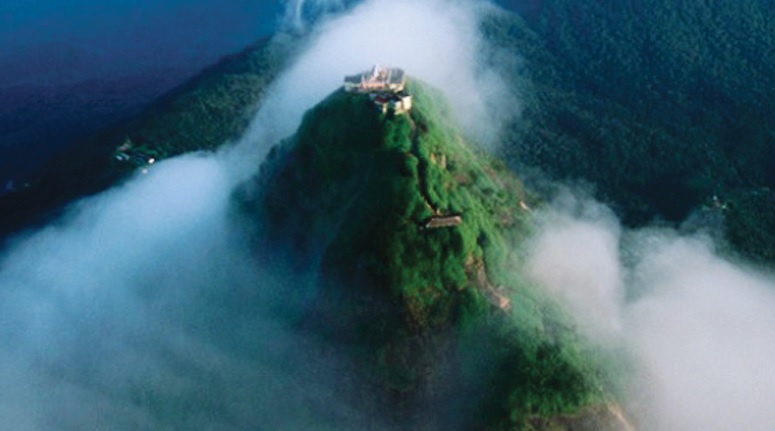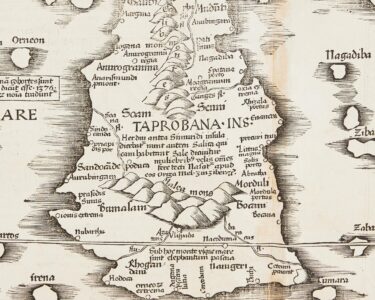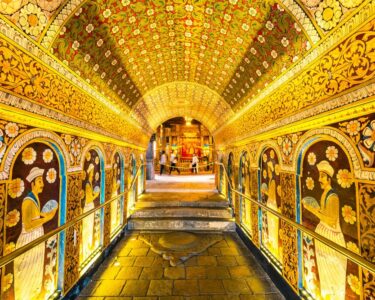Sri Pada (Adam’s Peak), one of Sri Lanka’s most iconic mountains, stands at 2,243 meters (7,359 feet). It’s a sacred site for Buddhists, Hindus, Christians, and Muslims, each associating the sacred footprint at the summit with different figures. If you’re planning to climb, here are 10 things to know before you go.
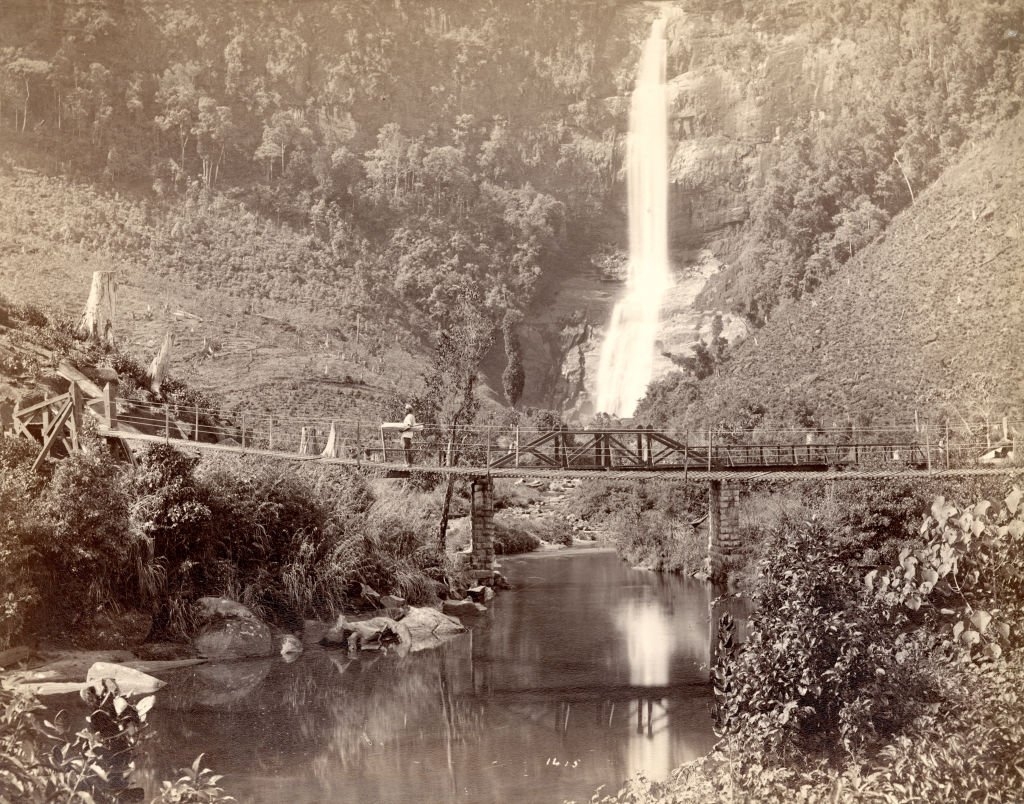
1. Religious Significance
The footprint at the summit holds deep meaning across multiple religions. Buddhists believe it’s Lord Buddha’s, Hindus see it as Lord Shiva’s, while Christians and Muslims associate it with Adam.
2. The Sacred Footprint
The footprint at the summit is the focal point of the pilgrimage. It’s housed in a small shrine and revered by people of all faiths.
3. Best Time to Climb
The best time to climb is between December and May, during the pilgrimage season. This period offers cooler temperatures and less rainfall. Avoid Full Moon Poya days if you want to avoid large crowds.
4. Challenging Terrain
The trek is physically demanding, with over 5,000 steps covering a 7-kilometer stretch. The steep terrain requires stamina and endurance, so be prepared for a challenging climb.
5. Climbing at Night
Many pilgrims climb at night to reach the summit by sunrise. The path is illuminated by small lights held by other climbers, creating a unique spiritual atmosphere. The sunrise from the summit is breathtaking.
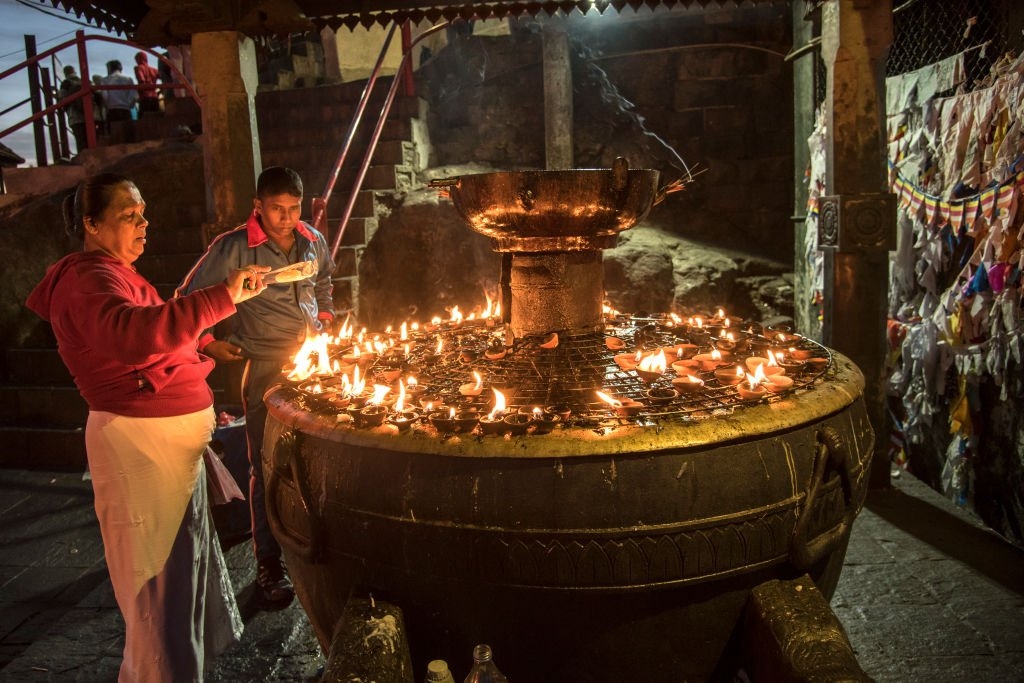
6. Multi-Religious Pilgrimage
People of various faiths participate in the pilgrimage, creating a culturally rich atmosphere and reflecting the universal reverence for the sacred footprint.
7. Sunrise from the Summit
The sunrise from the summit is a highlight of the climb. The panoramic views of the surrounding landscape as the sun rises are unforgettable.
8. Physical Preparation
The climb can be strenuous. Wear sturdy footwear, bring water, snacks, and a flashlight (if climbing at night). Ensure you’re physically prepared for the challenge.
9. Respect the Sacredness
Approach Sri Pada with respect. Wear modest clothing, remove your shoes before approaching the footprint, and avoid littering along the trail.
10. Travel Tips for Budget Travelers
When to Visit:
Plan your visit during the pilgrimage season (December to May), but avoid peak Full Moon days to save on costs and avoid crowds.
How to Get There on a Budget:
Sri Pada is accessible by bus or train from Colombo or Kandy. From Nallathanniya, tuk-tuks or walking to the base are affordable options.
Accommodation Options:
Budget accommodations in Nallathanniya (LKR 1,500–3,500) and nearby towns like Ratnapura (LKR 2,000–5,000) are available. Simple guesthouses and homestays offer a cost-effective stay.
Climbing at Night:
Climbing at night can save you accommodation costs, as you’ll reach the summit by sunrise.

Be Prepared Physically:
The climb takes 6-8 hours, depending on your pace. Do some basic physical preparation before the trip to avoid unnecessary medical expenses.
Respect the Site:
Dress modestly and treat the mountain with reverence. Many pilgrims remove their shoes before the summit, and cleanliness is important.
Local Guides:
Guides are affordable and available at the base. They can enrich your experience with historical and cultural insights.
Cultural Experience:
The climb is a shared experience. Meeting fellow pilgrims and embracing the spiritual journey adds to the fulfillment of the trip.
Accommodation Near Sri Pada
1. Nallathanniya
Budget stays range from LKR 1,500–3,500 per night for guesthouses and homestays, offering basic facilities like shared bathrooms and simple beds.
2. Ratnapura
Located 22 km from Nallathanniya, guesthouses in Ratnapura cost LKR 2,000–5,000 per night. The town offers better infrastructure.
3. Balangoda
45 km from Sri Pada, Balangoda offers budget-friendly options (LKR 2,000–4,000) in a quieter environment.
4. Ella
Ella, 80 km away, offers hostels and guesthouses (LKR 1,500–3,500) and is a good base for exploring the hill country.
5. Maharagama
Located 90 km from Sri Pada, guesthouses here cost LKR 2,000–4,500 per night, ideal for those traveling from Colombo.
Route to Sri Pada via Hatton
Distance to Sri Pada from Hatton:
Hatton is about 30–35 km from Nallathanniya, approximately a 1-hour drive.
Getting There:
Taxis or tuk-tuks cost LKR 1,500–3,000. Public buses are available but taxis offer more flexibility.
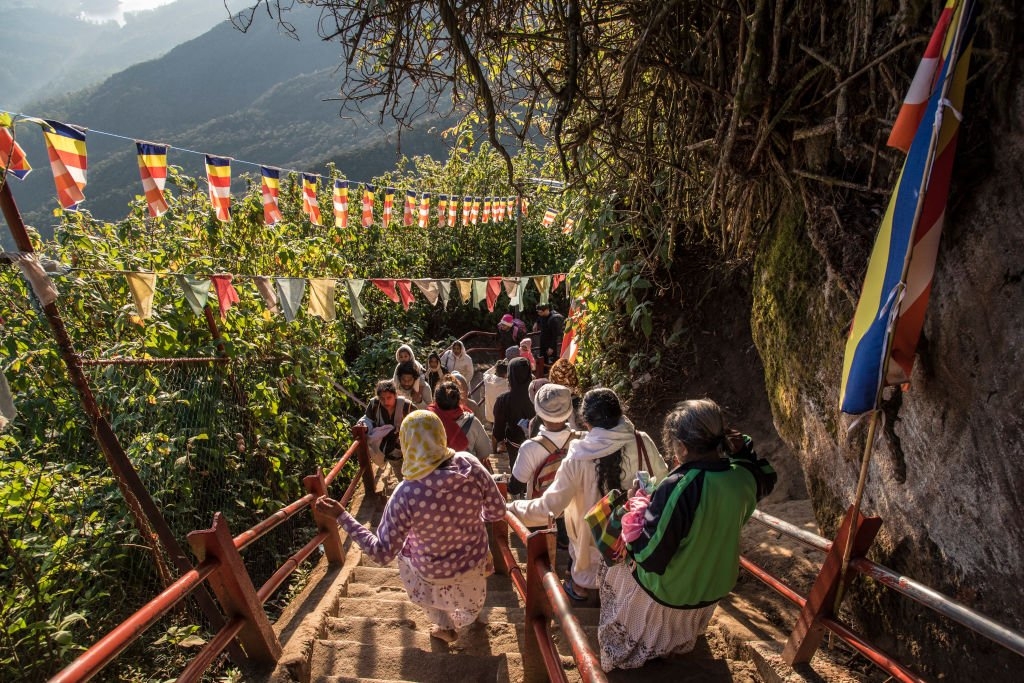
Advantages of the Hatton Route:
Shorter and Direct: Hatton is closer to Sri Pada, saving travel time.
Less Crowded: Hatton is quieter than Kandy, offering a more peaceful journey.
Scenic: The route passes through lush tea plantations and picturesque hill country.



